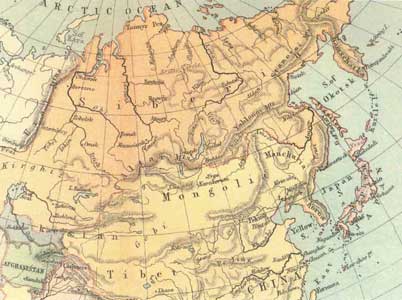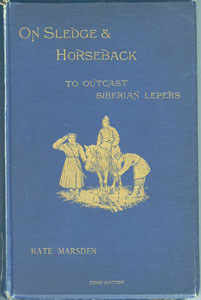| UCLA Library Special Collections |
|

|
Travel to
Spain and Portugal was uncommon in the eighteenth and nineteenth
centuries. These countries were not on the Grand Tour and
were still considered somewhat exotic. Russia, however, a
vast glacial bridge between Europe and Asia, was almost unknown
to Europeans. Whether north to St. Petersburg and Moscow,
or south to the Crimea, travel to Russia took serious commitment
of time and equipment. Frequently, there were no inns or provisions
to be found en route. |

| Lady
Elizabeth Craven (1750-1828)
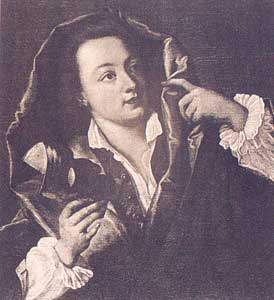
|
Lady
Elizabeth Craven. A Journey through the Crimea to Constantinople.
London: G.G.J. and J. Robinson, 1789.
|
| Expelled
from England by Lord Craven for adulterous behavior, Lady
Craven, a famous society beauty and a playwright, boldly traveled
to St. Petersburg (where she was the guest of Prince Potemkin)
and then south through the Crimea to Constantinople. She traveled
by liveried coach or alone on horseback, proving that a woman
could do it easily and in style. |
Adèle
Hommaire de Hell (b. 1819)
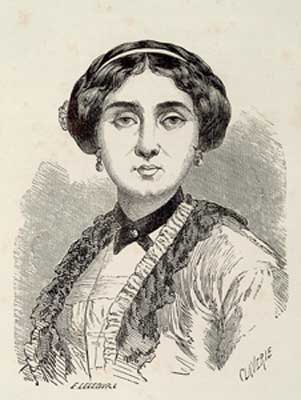
|
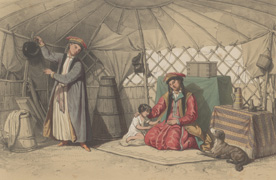
Femmes Malmoukes
dans leur tente, from Les steppes de la mer Caspienne.
|
Adèle
Hommaire de Hell. Les steppes de la mer Caspienne, le
Caucase, la Crimée, et la Russie méridionale.
Paris: P. Bertrand, 1843.
When
it appeared in 1843, this three-volume work (co-written
with her husband Xavier) was considered the definitive study
of the Crimea and the Caucasus.
|
|
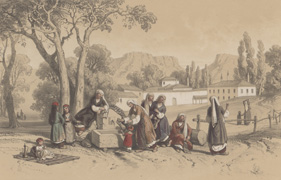
Karolez en Crimée,
from Les steppes de la mer Caspienne |
Mary
Seacole. Wonderful Adventures of Mrs. Seacole in Many
Lands. London: J. Blackwood, 1857.
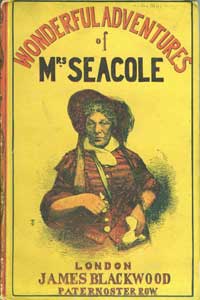
|
Kate Marsden. On Sledge and
Horseback to Outcast Siberian Lepers. London: The Record
Press, 1892.
London-born Kate Marsden
(1859-1931), became a nurse after six of her seven siblings
died of tuberculosis. She learned of the horrific sufferings
of Russian lepers after being sent to Bulgaria to nurse
casualties of the Russo-Turkish war. In 1891, she began
an epic 2000- mile, eleven-month journey to the leper colonies
of Yakutsk, determined to help. For her efforts, she was
honored by a fellowship in the Royal Geographic Society
in 1892, and by Queen Victoria. |
Jamaican
Mary Seacole (the daughter of a Scottish officer and a liberated
slave) was a great philanthropist and lover of travel. She
sailed to Panama in 1850, running two hotels and nursing
cholera victims there. In 1854, she traveled independently
to the front of the Crimean War, where she fed and nursed
British, French, Turkish and Russian wounded - all at her
own expense. |
|

wilder
shores exhibit home |
europe
| russia
| turkey
| the
middle east | india
and the far east | africa
| the
americas | credits
©
2007 by the Regents of the University of California. All rights
reserved. |
|
Wilder
Shores is organized geographically, loosely following the structure
of Barbara Hodgson’s book No Place for a Lady: Tales of Adventurous
Women Travelers. (Berkeley: Ten Speed Press, 2002). The exhibit features
books and manuscripts, both by and about, women who traveled to these
regions:
|
